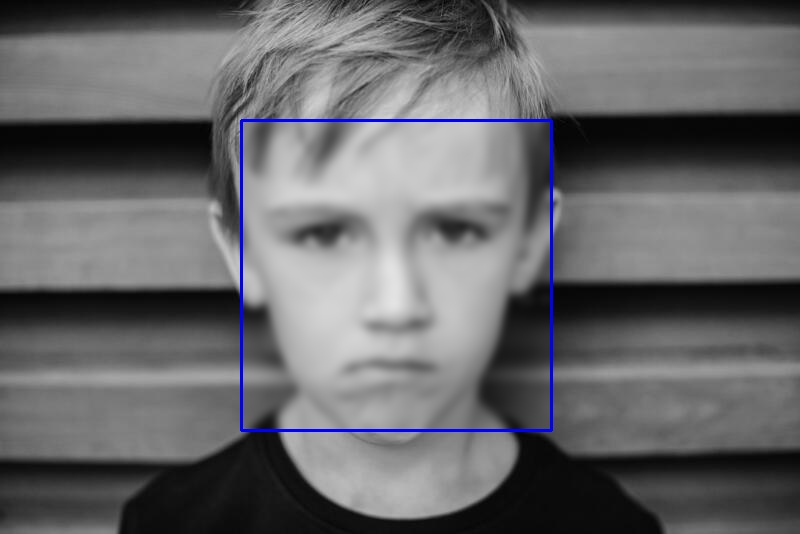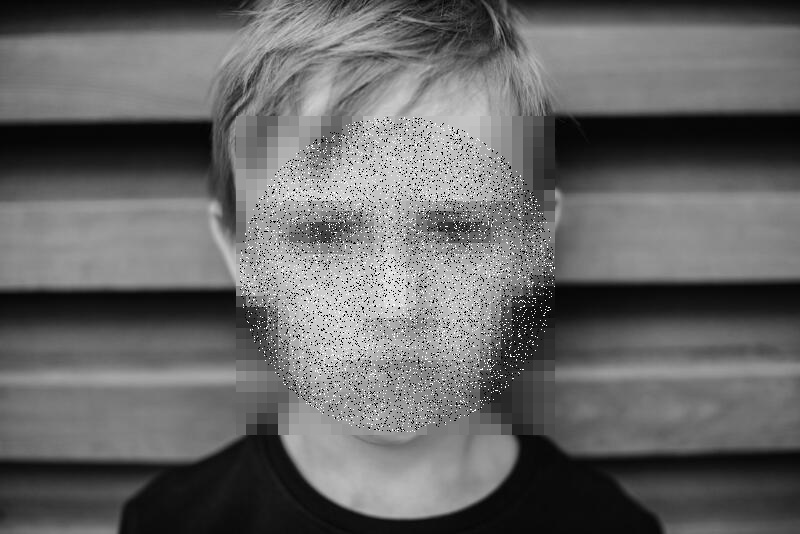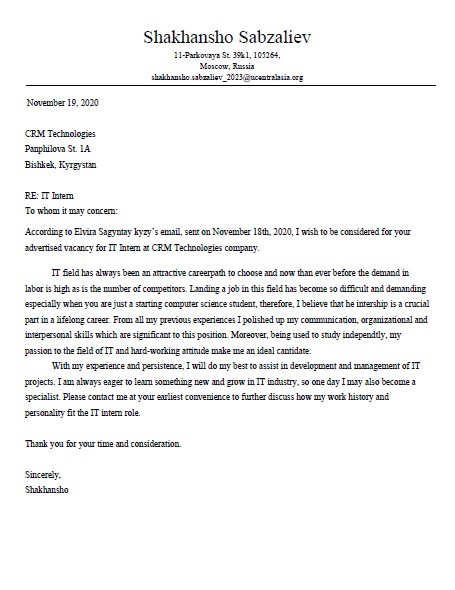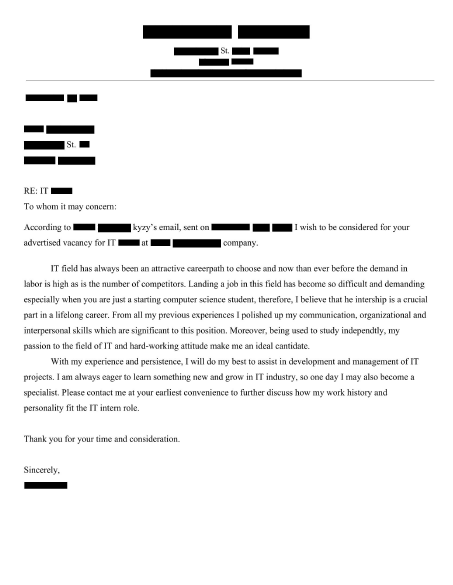<p align='center'>
<a href="https://artlabs.tech/">
<img src='https://raw.githubusercontent.com/ArtLabss/tennis-tracking/main/VideoOutput/artlabs%20logo.jpg' width="150" height="170">
</a>
</p>
<h1 align='center'>anonympy 🕶️</h1>
<p align='center'>
<img src="https://img.shields.io/github/forks/ArtLabss/open-data-anonimizer.svg">
<img src="https://img.shields.io/github/stars/ArtLabss/open-data-anonimizer.svg">
<img src="https://img.shields.io/github/watchers/ArtLabss/open-data-anonimizer.svg">
<img src="https://img.shields.io/github/last-commit/ArtLabss/open-data-anonimizer.svg">
<br>
<img src="https://img.shields.io/pypi/v/anonympy.svg">
<img src="https://img.shields.io/pypi/l/anonympy.svg">
<img src="https://hits.sh/github.com/ArtLabss/open-data-anonimizer.svg">
<a href="https://pepy.tech/project/anonympy"><img src="https://pepy.tech/badge/anonympy"></a>
<br>
<a href="https://github.com/ArtLabss/open-data-anonymizer/actions/workflows/pylinter.yml"><img src="https://github.com/ArtLabss/open-data-anonymizer/actions/workflows/pylinter.yml/badge.svg"></a>
<a href="https://github.com/ArtLabss/open-data-anonymizer/actions/workflows/python-app.yml"><img src="https://github.com/ArtLabss/open-data-anonymizer/actions/workflows/python-app.yml/badge.svg"></a>
<a href="https://github.com/ArtLabss/open-data-anonymizer/actions/workflows/codeql-analysis.yml"><img src="https://github.com/ArtLabss/open-data-anonymizer/actions/workflows/codeql-analysis.yml/badge.svg"></a>
<br>
<code>With ❤️ by ArtLabs</code>
<h2>Overview</h2>
<p>General Data Anonymization library for images, PDFs and tabular data. See <a href="https://artlabs.tech/projects/">ArtLabs/projects</a> for more or similar projects.</p>
<br>
<h2>Main Features</h2>
<p>Ease of use - this package was written to be as intuitive as possible.</p>
<p><strong>Tabular</strong></p>
<ul>
<li>Efficient - based on pd.DataFrame</li>
<li>Numerous anonymization methods</li>
<ul>
<li>Numeric data</li>
<ul>
<li>Generalization - Binning</li>
<li>Perturbation</li>
<li>PCA Masking</li>
<li>Generalization - Rounding</li>
</ul>
<li>Categorical data</li>
<ul>
<li>Synthetic Data</li>
<li>Resampling</li>
<li>Tokenization</li>
<li>Partial Email Masking</li>
</ul>
<li>Datetime data</li>
<ul>
<li>Synthetic Date</li>
<li>Perturbation</li>
</ul>
</ul>
</ul>
<p><strong>Images</strong></p>
<ul>
<li>Anonymization techniques</li>
<ul>
<li>Personal Images (faces)</li>
<ul>
<li>Blurring</li>
<li>Pixaled Face Blurring</li>
<li>Salt and Pepper Noise</li>
</ul>
<li>General Images</li>
<ul>
<li>Blurring</li>
</ul>
</ul>
</ul>
<p><strong>PDF</strong></p>
<ul>
<li>Find sensitive information and cover it with black boxes</li>
</ul>
<p><strong>Text, Sound</strong></p>
<ul>
<li>In Development</li>
</ul>
<br>
<h2>Installation</h2>
<h3>Dependencies</h3>
<ol>
<li> Python (>= 3.7)</li>
<li>cape-privacy</li>
<li>faker</li>
<li>pandas</li>
<li>OpenCV</li>
<li>pytesseract</li>
<li>transformers</li>
<li><a href="https://github.com/ArtLabss/open-data-anonimizer/blob/main/requirements.txt">. . . . . </a></li>
</ol>
<h3>Install with pip</h3>
<p>Easiest way to install anonympy is using <code>pip</code></p>
```
pip install anonympy
```
<p>Due to conflicting pandas/numpy versions with <a href="https://github.com/capeprivacy/cape-python/issues/112">cape-privacy</a>, it's recommend to install them seperately</p>
```
pip install cape-privacy==0.3.0 --no-deps
```
<h3>Install from source</h3>
<p>Installing the library from source code is also possible</p>
```
git clone https://github.com/ArtLabss/open-data-anonimizer.git
cd open-data-anonimizer
pip install -r requirements.txt
make bootstrap
pip install cape-privacy==0.3.0 --no-deps
```
<h3>Downloading Repository</h3>
<p>Or you could download this repository from <a href="https://pypi.org/project/anonympy/">pypi</a> and run the following:
```
cd open-data-anonimizer
python setup.py install
```
<br>
<h2>Usage Example </h2>
[](https://colab.research.google.com/drive/1wg4g4xWTSLvThYHYLKDIKSJEC4ChQHaM?usp=sharing)
<p>More examples <a href="https://github.com/ArtLabss/open-data-anonimizer/blob/b5d5f2df94b80011a8a93fa08f0046d1390cec49/examples/examples.ipynb">here</a>
<p><strong>Tabular</strong></p>
```python
>>> from anonympy.pandas import dfAnonymizer
>>> from anonympy.pandas.utils_pandas import load_dataset
>>> df = load_dataset()
>>> print(df)
```
| | name | age | birthdate | salary | web | email | ssn |
|--:|------:|----:|-----------:|---------:|-------------------------------------:|---------------------:|----------:|
| 0 | Bruce | 33 | 1915-04-17 | 59234.32 | http://www.alandrosenburgcpapc.co.uk | josefrazier@owen.com | 343554334 |
| 1 | Tony | 48 | 1970-05-29 | 49324.53 | http://www.capgeminiamerica.co.uk | eryan@lewis.com | 656564664 |
```python
# Calling the generic function
>>> anonym = dfAnonymizer(df)
>>> anonym.anonymize(inplace = False) # changes will be returned, not applied
```
| | name | age | birthdate | age | web | email | ssn |
|------|-----------------|--------|------------|---------|------------|---------------------|-------------|
| 0 | Stephanie Patel | 30 | 1915-05-10 | 60000.0 | 5968b7880f | pjordan@example.com | 391-77-9210 |
| 1 | Daniel Matthews | 50 | 1971-01-21 | 50000.0 | 2ae31d40d4 | tparks@example.org | 872-80-9114 |
```python
# Or applying a specific anonymization technique to a column
>>> from anonympy.pandas.utils_pandas import available_methods
>>> anonym.categorical_columns
... ['name', 'web', 'email', 'ssn']
>>> available_methods('categorical')
... categorical_fake categorical_fake_auto categorical_resampling categorical_tokenization categorical_email_masking
>>> anonym.anonymize({'name': 'categorical_fake', # {'column_name': 'method_name'}
'age': 'numeric_noise',
'birthdate': 'datetime_noise',
'salary': 'numeric_rounding',
'web': 'categorical_tokenization',
'email':'categorical_email_masking',
'ssn': 'column_suppression'})
>>> print(anonym.to_df())
```
| | name | age | birthdate | salary | web | email |
|--:|------:|----:|-----------:|---------:|-------------------------------------:|---------------------:|
| 0 | Paul Lang | 31 | 1915-04-17 | 60000.0 | 8ee92fb1bd | j*****r@owen.com |
| 1 | Michael Gillespie | 42 | 1970-05-29 | 50000.0 | 51b615c92e | e*****n@lewis.com |
<br >
<p><strong>Images</strong></p>
```python
# Passing an Image
>>> import cv2
>>> from anonympy.images import imAnonymizer
>>> img = cv2.imread('salty.jpg')
>>> anonym = imAnonymizer(img)
>>> blurred = anonym.face_blur((31, 31), shape='r', box = 'r') # blurring shape and bounding box ('r' / 'c')
>>> pixel = anonym.face_pixel(blocks=20, box=None)
>>> sap = anonym.face_SaP(shape = 'c', box=None)
```
blurred | pixel | sap
:-------------------------:|:-------------------------:|:-------------------------:
 |  | 
```python
# Passing a Folder
>>> path = 'C:/Users/shakhansho.sabzaliev/Downloads/Data' # images are inside `Data` folder
>>> dst = 'D:/' # destination folder
>>> anonym = imAnonymizer(path, dst)
>>> anonym.blur(method = 'median', kernel = 11)
```
<p>This will create a folder <i>Output</i> in <code>dst</code> directory.</p>
```python
# The Data folder had the following structure
| 1.jpg
| 2.jpg
| 3.jpeg
|
\---test
| 4.png
| 5.jpeg
|
\---test2
6.png
# The Output folder will have the same structure and file names but blurred images
```
<br>
<p><strong>PDF</strong></p>
<p>In order to initialize <code>pdfAnonymizer</code> object we have to install <code>pytesseract</code> and <code>poppler</code>, and provide path to the binaries of both as arguments or add paths to system variables</p>
```python
>>> from anonympy.pdf import pdfAnonymizer
# need to specify paths, since I don't have them in system variables
>>> anonym = pdfAnonymizer(path_to_pdf = "Downloads\\test.pdf",
pytesseract_path = r"C:\Program Files\Tesseract-OCR\tesseract.exe",
poppler_path = r"C:\Users\shakhansho\Downloads\Release-22.01.0-0\poppler-22.01.0\Library\bin")
# Calling the generic function
>>> anonym.anonymize(output_path = 'output.pdf',
remove_metadata = True,
fill = 'black',
outline = 'black')
```
`test.pdf` | `output.pdf` |
:-------------------------:|:-------------------------:|
 |  |
<p>In case you only want to hide specific information, instead of <code>anonymize</code> use other methods</p>
```python
>>> anonym = pdfAnonymizer(path_to_pdf = r"Downloads\test.pdf")
>>> anonym.pdf2images() # images are stored in anonym.images variable
>>> anonym.images2text(anonym.images) # texts are stored in anonym.texts
# Entities of interest
>>> locs: dict = anonym.find_LOC(anonym.texts[0]) # index refers to page number
>>> emails: dict = anonym.find_emails(anonym.texts[0]) # {page_number: [coords]}
>>> coords: list = locs['page_1'] + emails['page_1']
>>> anonym.cover_box(anonym.images[0], coords)
>>> display(anonym.images[0])
```
<h2>Development</h2>
<h3>Contributions</h3>
<p>The <a href="https://github.com/ArtLabss/open-data-anonimizer/blob/main/CONTRIBUTING.md">Contributing Guide</a> has detailed information about contributing code and documentation.</p>
<h3>Important Links</h3>
<ul>
<li>Official source code repo: <a href="https://github.com/ArtLabss/open-data-anonimizer">https://github.com/ArtLabss/open-data-anonimizer</a></li>
<li>Download releases: <a href="https://pypi.org/project/anonympy/">https://pypi.org/project/anonympy/</a></li>
<li>Issue tracker: <a href="https://github.com/ArtLabss/open-data-anonimizer/issues">https://github.com/ArtLabss/open-data-anonimizer/issues</li></a>
</ul>
<h2>License</h2>
<p><a href="https://github.com/ArtLabss/open-data-anonimizer/blob/main/LICENSE">BSD-3</a></p>
<h2>Code of Conduct</h2>
<p>Please see <a href="https://github.com/ArtLabss/open-data-anonimizer/blob/main/CODE_OF_CONDUCT.md">Code of Conduct</a>.
All community members are expected to follow it.</p>




